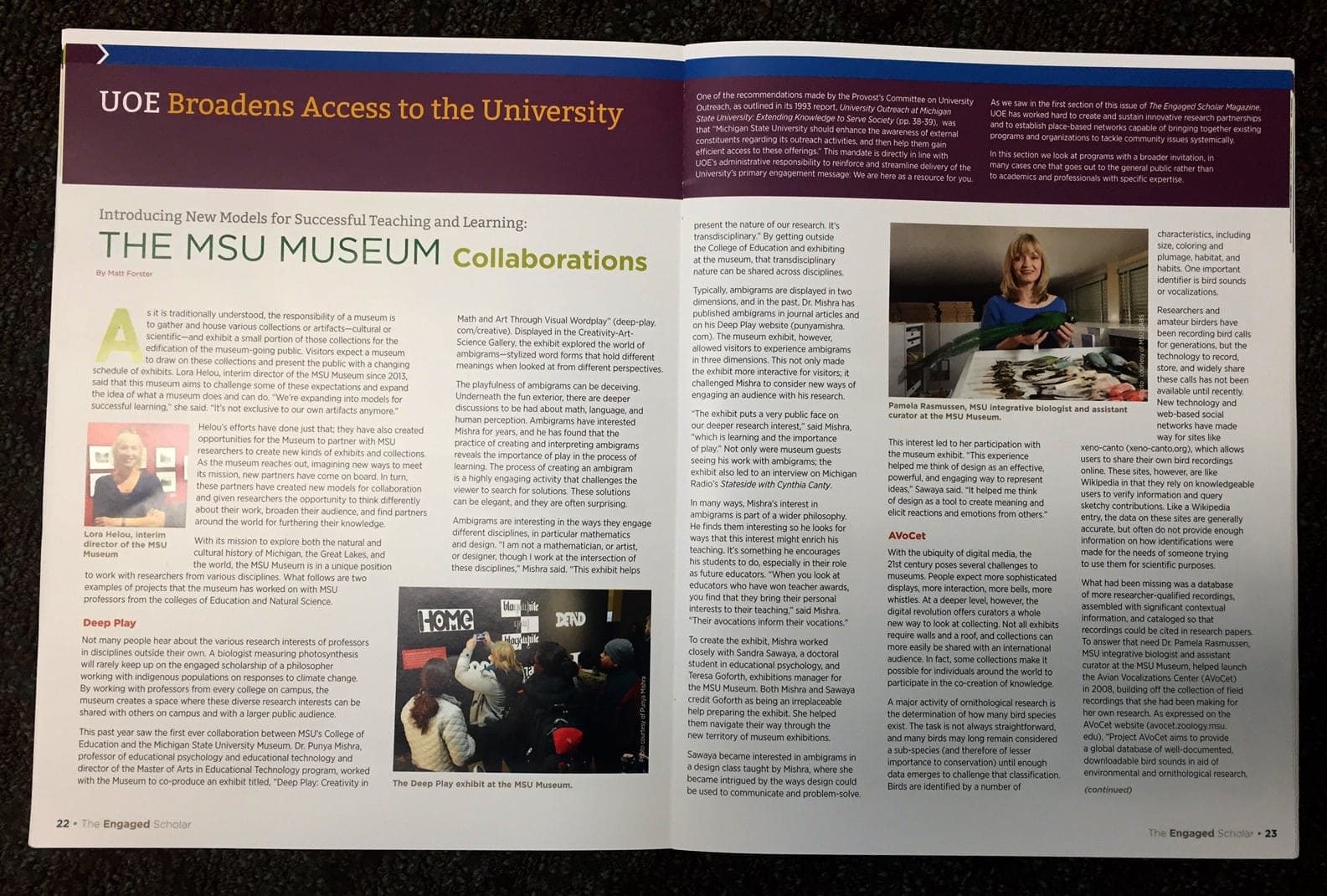I had written earlier about how the rate of change of technology is speeding up, i.e. technologies are changing at an ever faster rate. Related to this is something I just came across today (on Kottke.org). Kottle links to a chart that provides a historical look at the speed of information travel from one point to another (in miles per hour). For instance,
For instance, in 1805 the news of the Battle of Trafalgar took 17 days to travel the 1100 miles to London; that’s a speed of 2.7 mph. By 1891 when the Nobi earthquake occurred in Japan, it only took the news one day to travel 5916 miles, a speed of 246 mph.
The original article (The speed of information travel) stopped at 1891. Kottke brings it upto date in his posting on the subject.
The 2008 Sichaun earthquake occurred 5100 miles from London with the first Twitter update in English occurring about 7 minutes after the quake started. Assuming the message was read a minute later by someone in London, that’s 38,250 mph.
In essence the speed of information travel has gone from 1.4 MPH in 1798 to almost 200,000 MPH today!! That is an amazing level of change!! Just indicates how the world we live in today is fundamentally different from the past.





I was thinking of possibly including what Kottke had on his site. The problem there, and I should have thought of that, is that he essentially adds just one data point – that of 2008 (speaking of the earthquake in China), which he clocks at 204,000 mph!!! How do you think, *that* would look on the chart 🙂
I didn’t see the “up-to-today” data… otherwise I would have included it… 🙂
Cool! Did you consider bringing it to up to today! Kottke has some data that can be used for that purpose! I might play with it later today.
http://manyeyes.alphaworks.ibm.com/manyeyes/visualizations/speed-of-information-travel-to-lon
And a graphical representation should underline this amazingly fast development even more… 🙂
I tried to make one using “many eyes” from IBM: